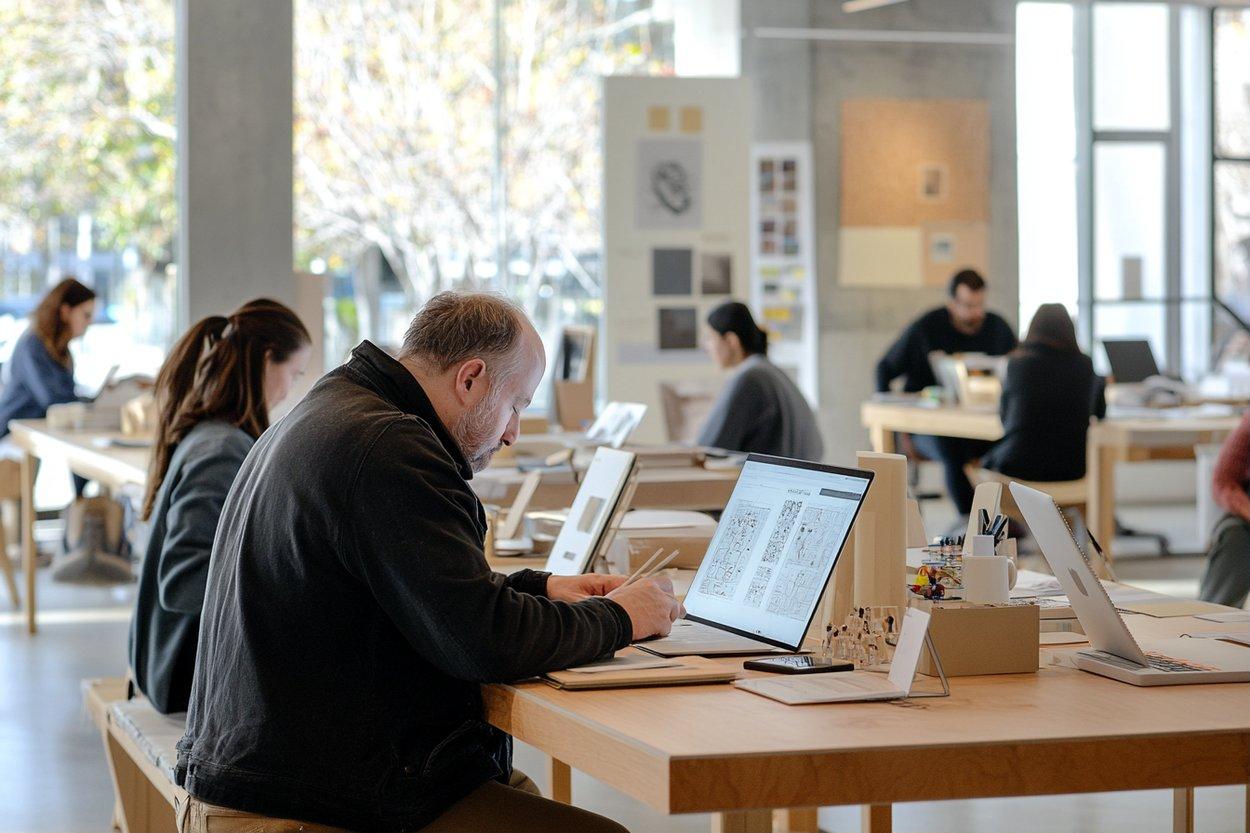Office Space: Planning, options, and practical considerations
Office space is the physical and organizational environment where people carry out work-related tasks. It includes traditional leased or owned offices, flexible coworking locations, home offices, and hybrid arrangements that mix remote and in-person work. Choosing or designing an office involves more than square footage: consider layout, technology, acoustics, lighting, local services access, and how the space supports daily workflows and company culture. Whether you’re an entrepreneur renting a single desk, a small business scaling to dedicated offices, or a manager coordinating a flexible team, understanding the variety of office formats and the practical needs they meet helps align space decisions with operational goals, employee wellbeing, and budget constraints. This article explains the main office options, how workspace design influences productivity, what coworking offers, business considerations for choosing space, and practical desk setup tips to make a workspace functional and comfortable.

Office layout and planning
A purposeful office layout balances collaboration and focused work. Open-plan layouts encourage interaction but can increase noise and distractions; dedicated focus areas, small meeting rooms, and quiet pods help mitigate this. Consider circulation paths, natural light access, and proximity of teams that need frequent contact. Facilities like restrooms, kitchenettes, and storage also affect daily efficiency. Incorporating flexible furniture—movable desks, modular partitions—lets a space adapt as a company grows or shifts processes. Accessibility, safety codes, and building services (HVAC, power capacity, internet backbone) are essential planning elements.
What makes an effective workspace?
An effective workspace supports tasks, reduces friction, and promotes wellbeing. Ergonomic seating, adjustable desks, adequate task lighting, and clear task zones reduce fatigue and improve concentration. Technology matters: reliable high-speed internet, secure Wi-Fi, and easy-to-use AV for meetings reduce downtime. Consider acoustics—sound-absorbing materials and layout choices can lower stress and improve speech privacy. Amenities such as quiet rooms, small break areas, and access to natural light contribute to satisfaction. Regular evaluation and feedback from occupants help fine-tune a workspace to real daily needs.
How does coworking work?
Coworking spaces provide shared office amenities on flexible terms, often by the hour, day, or month. They range from hot-desk areas to dedicated offices within the same building, typically including meeting rooms, printers, kitchens, and community events. Coworking can reduce administrative overhead for small companies and freelancers while offering networking opportunities and a professional address. For larger businesses, coworking can support satellite teams or temporary project groups. Policies around security, data privacy, and visitor access should be reviewed when using shared environments.
Office considerations for business growth
When choosing office space for a business, align decisions with growth projections, hiring plans, and financial strategy. Consider lease flexibility—short-term or scalable leases reduce risk for uncertain headcount changes. Location influences recruitment, client access, and commuting patterns; proximity to public transit and local services can be important for staff retention. Factor in build-out costs, fit-out timelines, and ongoing operational expenses like utilities, cleaning, and maintenance. Evaluate how the office supports company culture, onboarding, and cross-team collaboration, and whether remote or hybrid policies will change space needs over time.
Choosing the right desk setup
A desk is more than a surface; it’s a primary interface for daily work. Ergonomic considerations include desk height, monitor placement, keyboard position, and cable management to support posture and reduce strain. Adjustable or sit-stand desks can offer movement variety, which many users find beneficial. Organize the desk to keep frequently used items within reach and maintain a tidy layout to minimize distraction. For shared desks in hot-desking environments, provide lockers or storage solutions and clear policies for equipment and privacy to maintain consistency and security across users.
Conclusion
Selecting and arranging office space requires balancing functional needs, people-focused design, and financial realities. Understanding different formats—from dedicated offices to coworking—and applying practical workspace and desk principles can improve productivity and employee experience. Regularly reassess how space supports evolving work patterns and business objectives to keep the environment aligned with operational needs and staff wellbeing.






